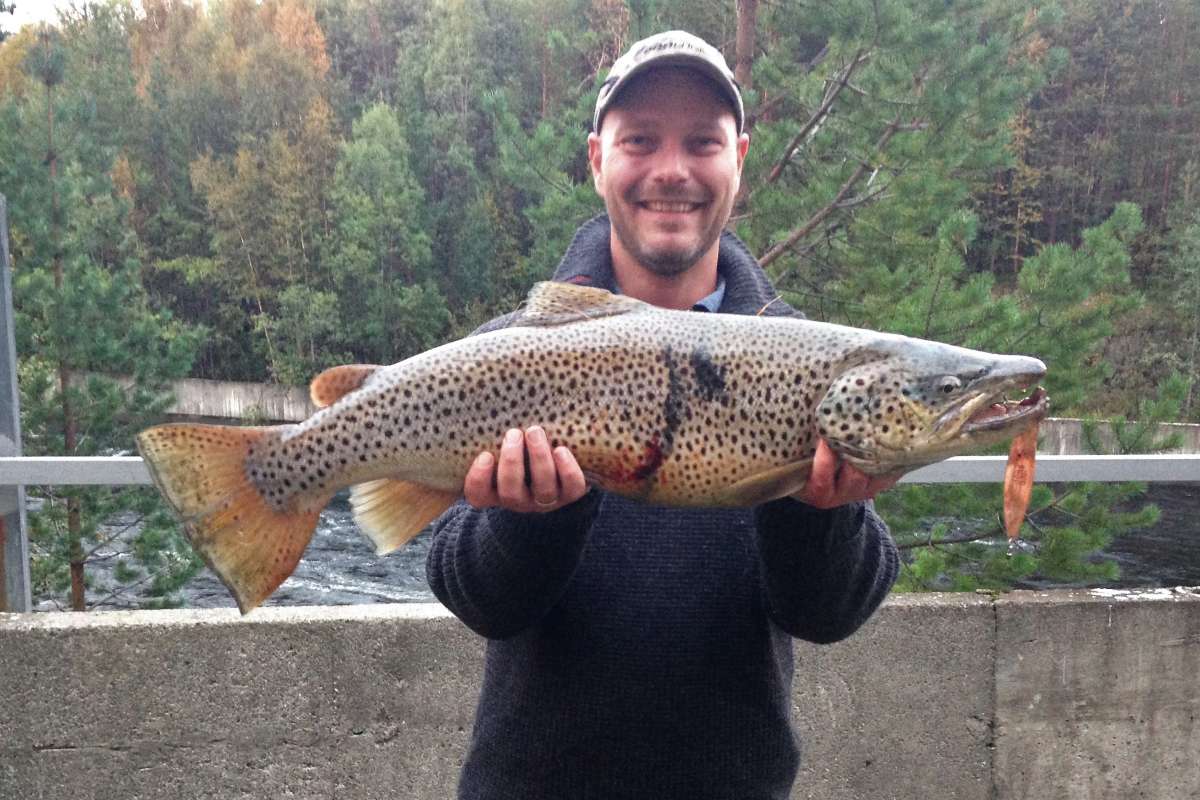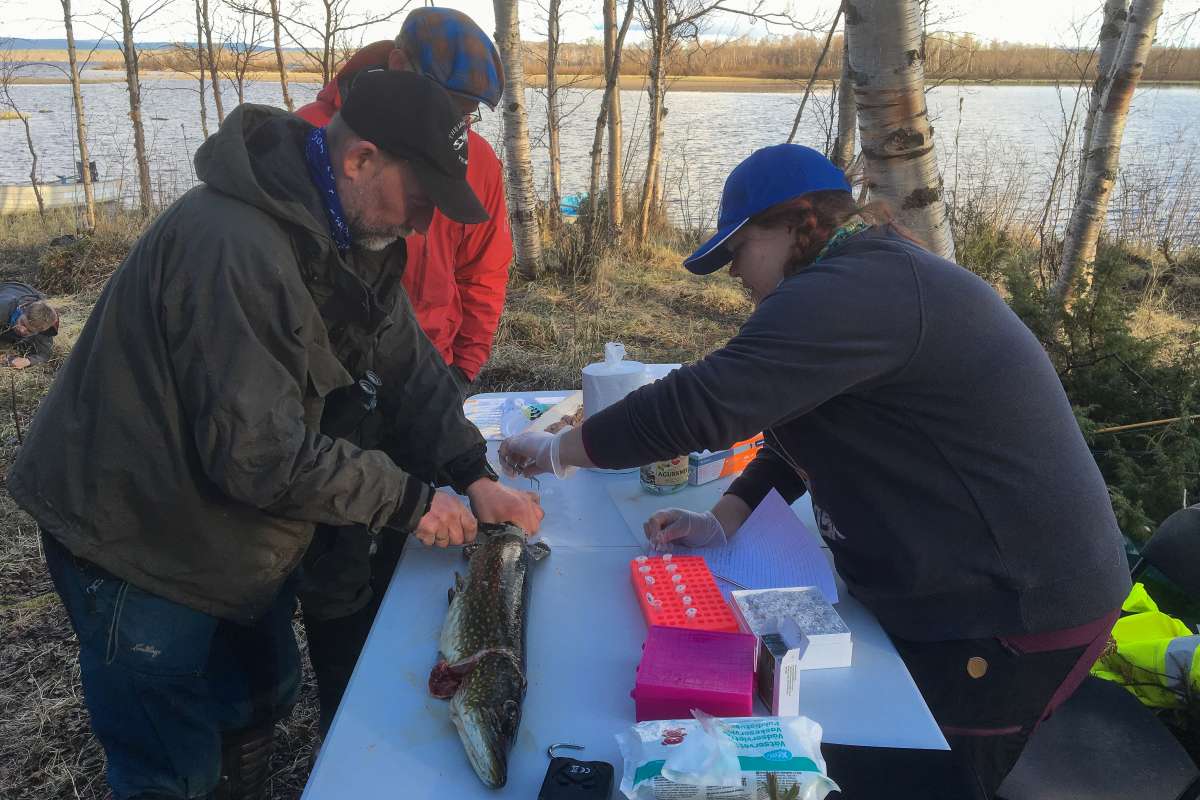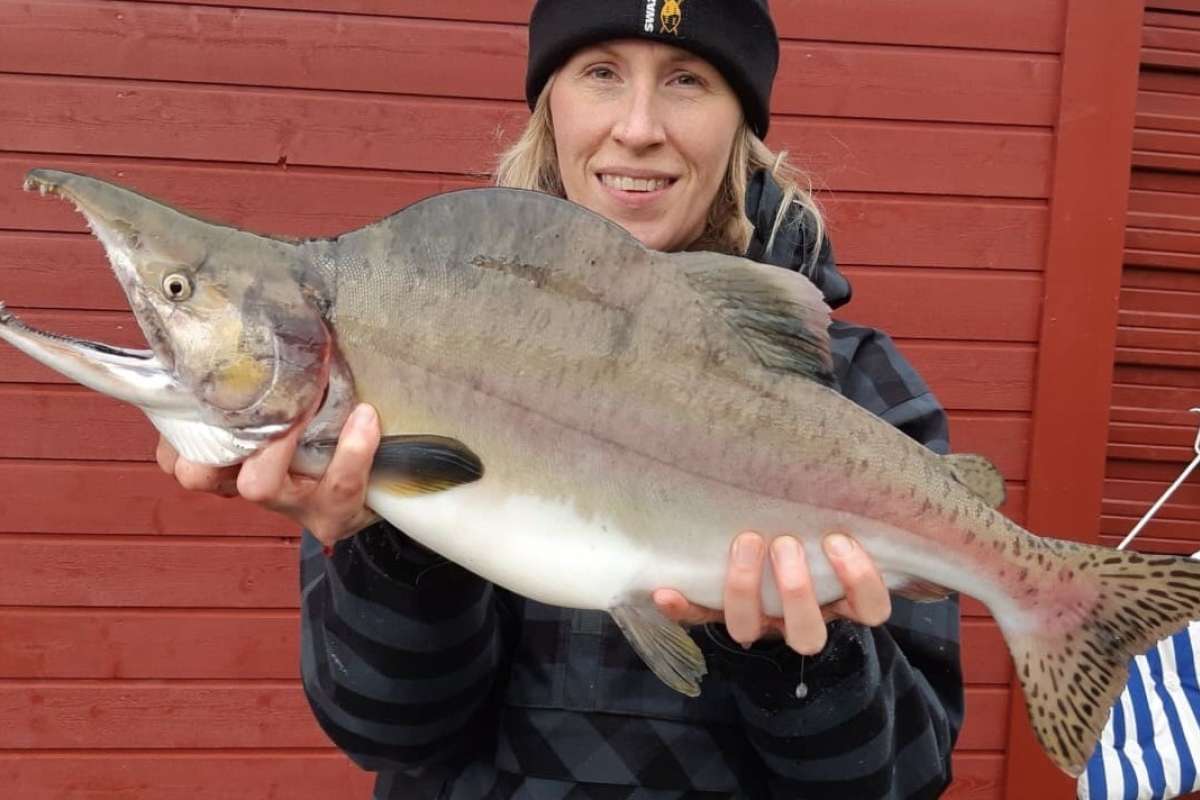Freshwater Ecosystems: Brown Trout
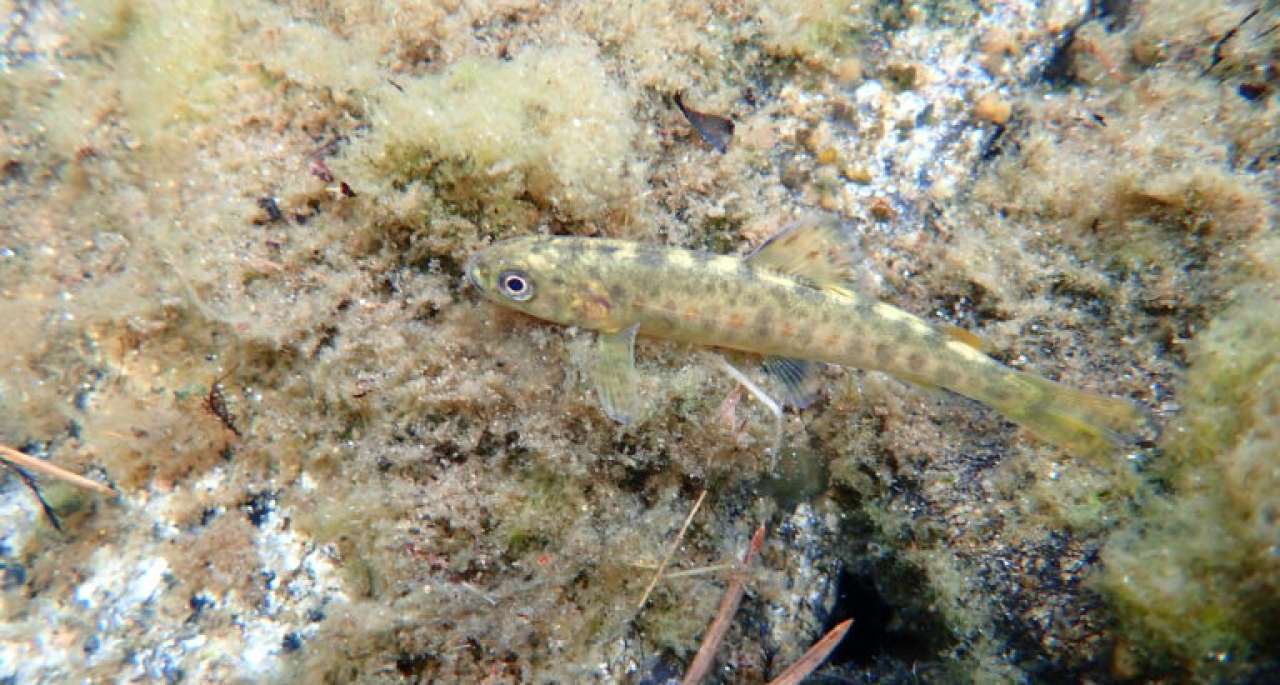
Brown Trout.
Photo: Juho Vuolteenaho (NIBIO Svanhovd)
In the Pasvik River, the brown trout population is threatened by a combination of factors, including hydroelectric dams and insufficient spawning grounds, and fishing. Management measures include stocking to support the population.
Brown trout (Salmo trutta) is a freshwater fish that is popular for recreational fishing in Norway and is an important host species for the larvae of the freshwater pearl mussel.
We are using this species as a model to study the impact of different human activities on genetic diversity, connectivity, and temporal population composition. Further, we are interested studying the effects of pollution on gene expression patterns.
We are also studying the tributaries of the Pasvik River to better understand how those are used in spawning and to see how stocking may influence the genetic composition of local tributary populations.
Finally, we are conducting pedigree analyses to assess and provide information to the stocking program.
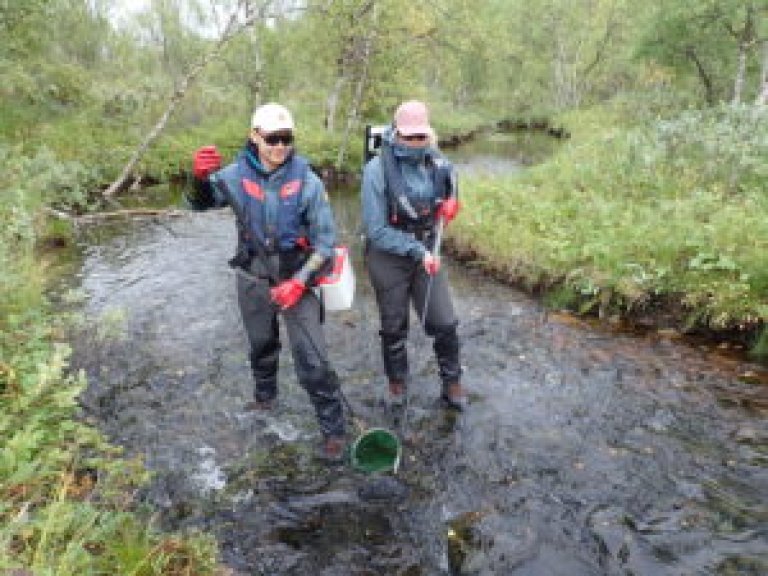
Contacts


Contacts


Publications
Authors
Cornelya Klutsch Simo Maduna Natalia Polikarpova Kristin Forfang Benedicte Lissner Beddari Karl Øystein Gjelland Paul Eric Aspholm Per-Arne Amundsen Snorre HagenAbstract
No abstract has been registered
Authors
Cornelya Klutsch Simo Maduna Natalia Polikarpova Kristin Forfang Paul Eric Aspholm Tommi Nyman Hans Geir Eiken Per-Arne Amundsen Snorre HagenAbstract
Source at <a href=https://doi.org/10.1002/ece3.5191>https://doi.org/10.1002/ece3.5191</a>.

